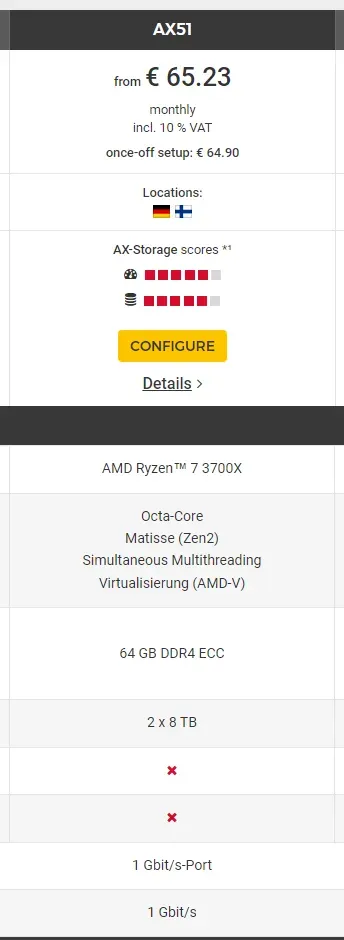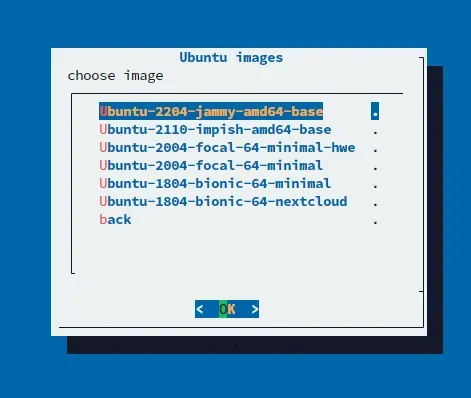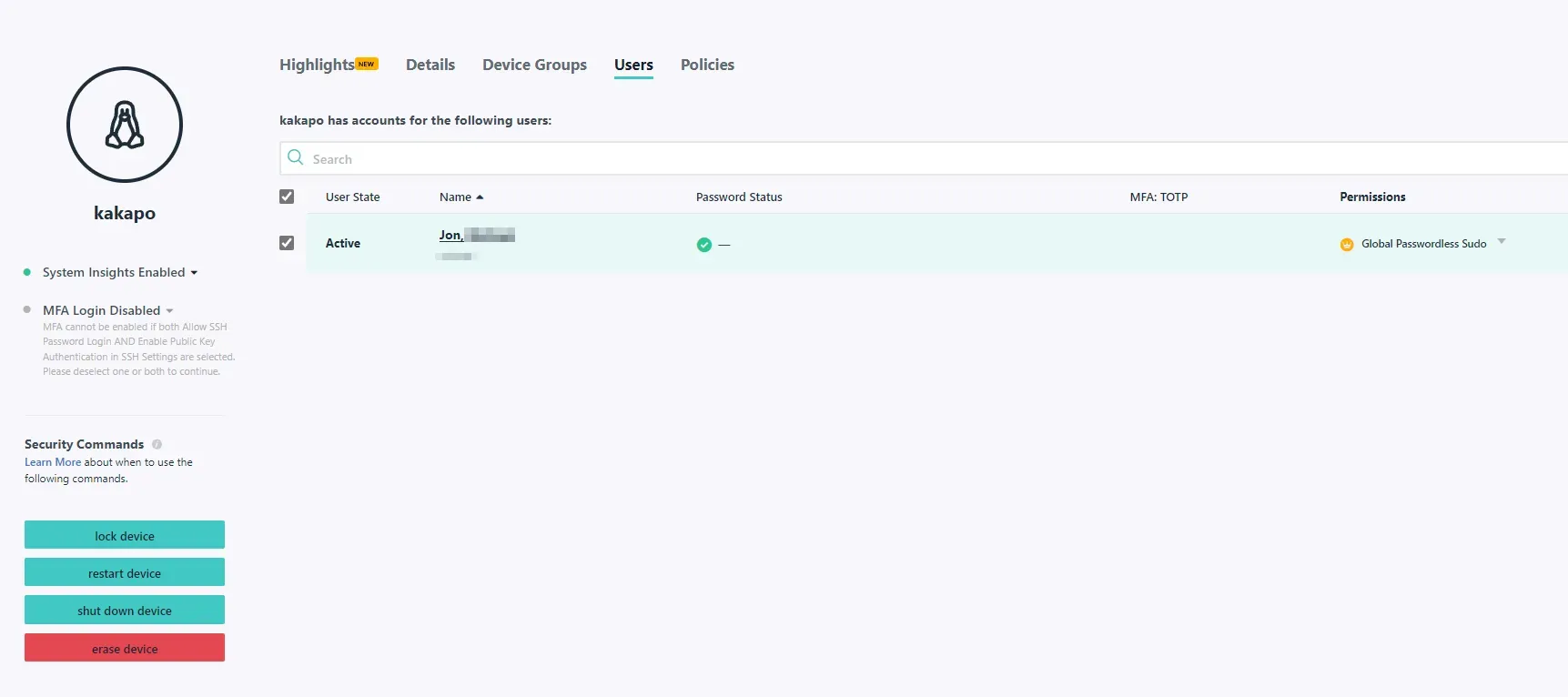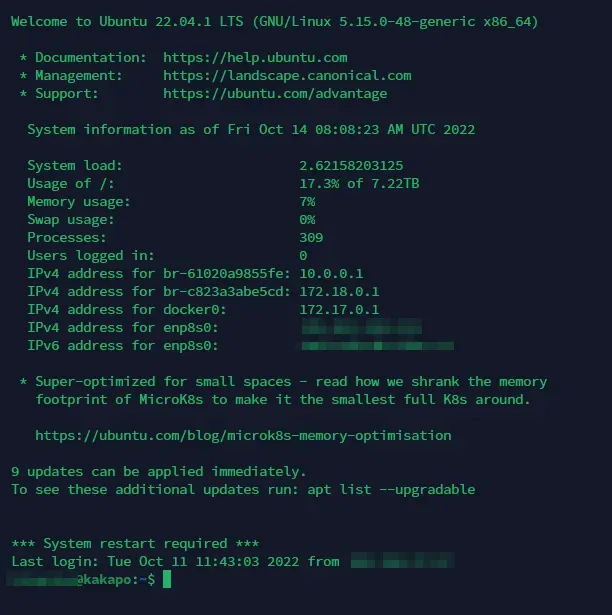Hey Jon! What's your server setup?
Thought a nice way to start this blog off would be a series similar to the “Hey, Scripting Guy!” series from Microsoft’s Ed Wilson, so I’m hijacking the name and appropriating it into “Hey Jon!”.
I currently rock with a Hetzner AX51 storage server (HDDs). I find it has a great price for the power and what it puts out, running in Finland seems to have a good level of latency for my connection in here Australia.

As for the setup, years of hobbyist data hoarding established in me a need for low downtimes and ease of setup, hence I’ve never strayed far from Ubuntu and a RAID 1 setup. Anyone should be able to tell you that RAID is not backup but replication (and speed if done right), it stands to reason that should I experience a hardware failure that swapping out a disk is easier than a total rebuild.
For dedicated hardware, Hetzner gives you this nice installimage command option when first booting into a rescue system with a bunch of ready to go templates.

RAID nor its level aren’t enabled by default, and the partitions don’t really fit my liking. So, the changes I tend to make to the default configuration file are:
SWRAID 1
SWRAIDLEVEL 1
HOSTNAME kakapo
PART /boot ext3 1024M
PART / ext4 all
We have two 8TB HDDs running in RAID 1, giving us 8TB of available storage rather than 16TB in RAID 0, more than enough. Hence I tend to give 1GB of space to the boot partition in the event I ever need to boot into rescue mode and do some half brained fixing, and the rest of it can go to the root directory. A SWAP partition be damned since SWAP files are a thing I tend to employ. No need for a dedicated Home partition either, so I just comment (or delete) that line out.

Wonderful. Send a reboot command and we’re done here.
This post isn’t sponsored, honest, but I will say that Jumpcloud is a great utility for the single user homelabber. I’d recommend signing up at least since they have a tier which is free with all features for up to 15 users.
Deploying the agent through the root user was easy, and if you happen to have a google or microsoft tenancy you can bind the directory to that, generate some SSH keys, and have them auto propagate to the server.

I give myself passwordless sudo via the control panel. The root user ssh is locked behind a 120+ character password anyhow (just in case). Load your private key into the terminal of your choice and it should be ready to go within a few minutes.

I’m ready to go, a one gigabit connection and redundant file storage behind a secure login tied to my google account. I know someone out there will probably be against tying infra authentication to google but this is a test system, and at the very worst a wipe can be done via hetzners control panel.